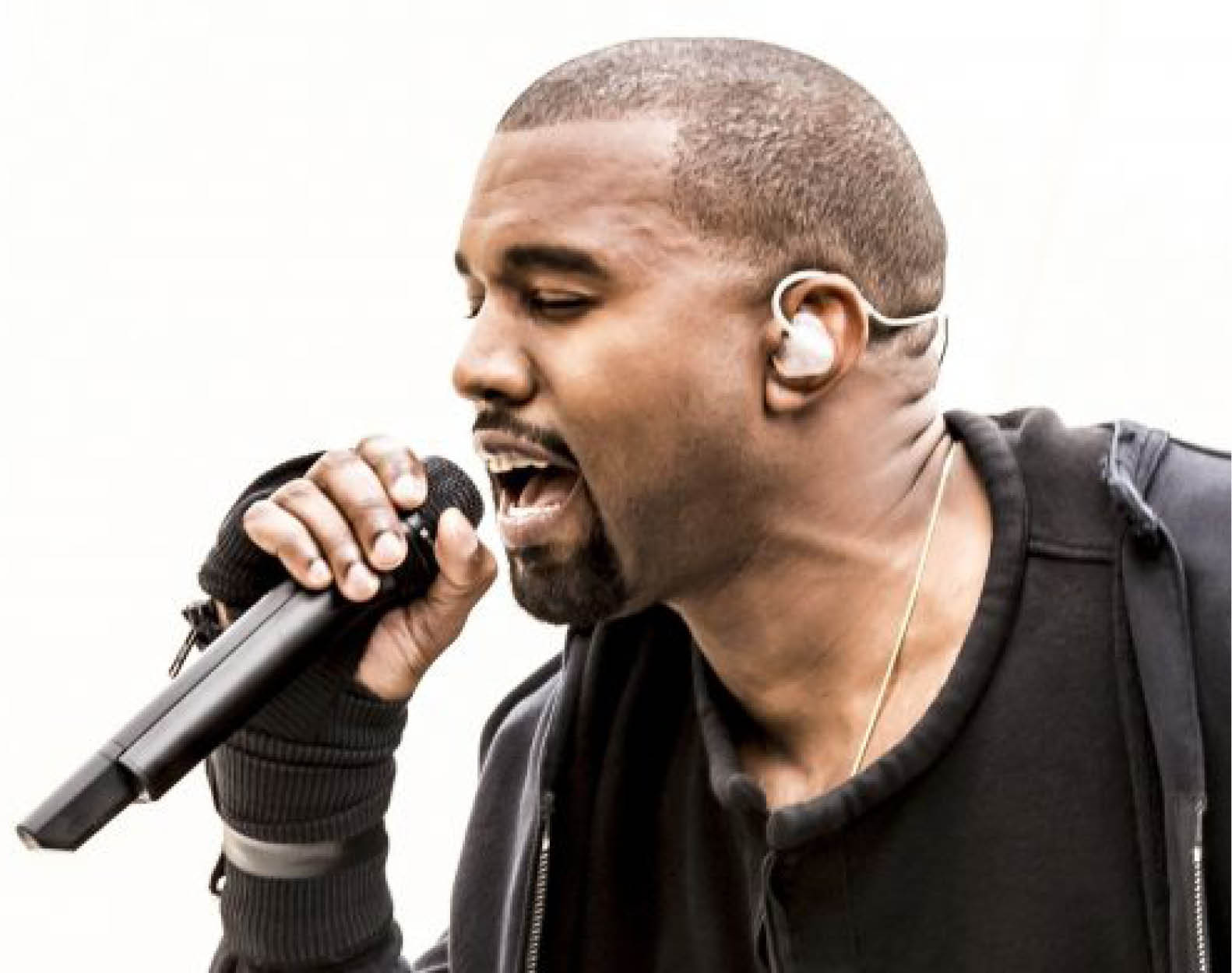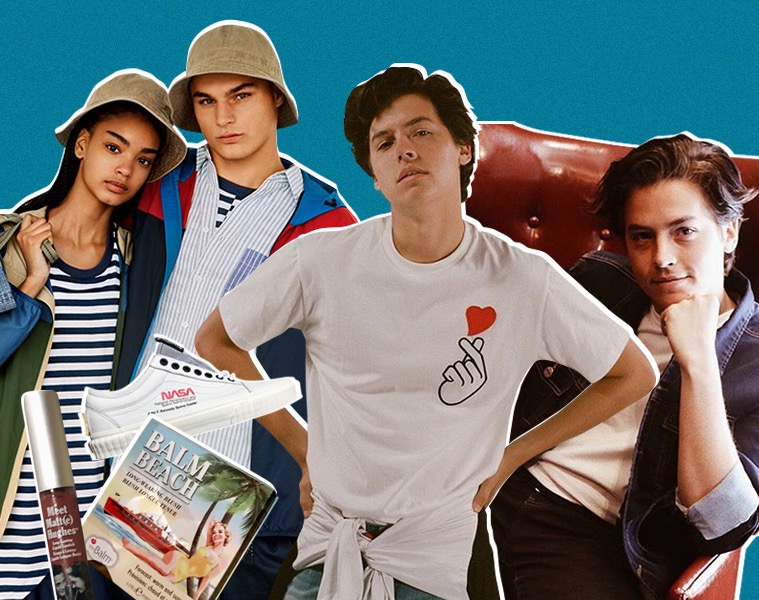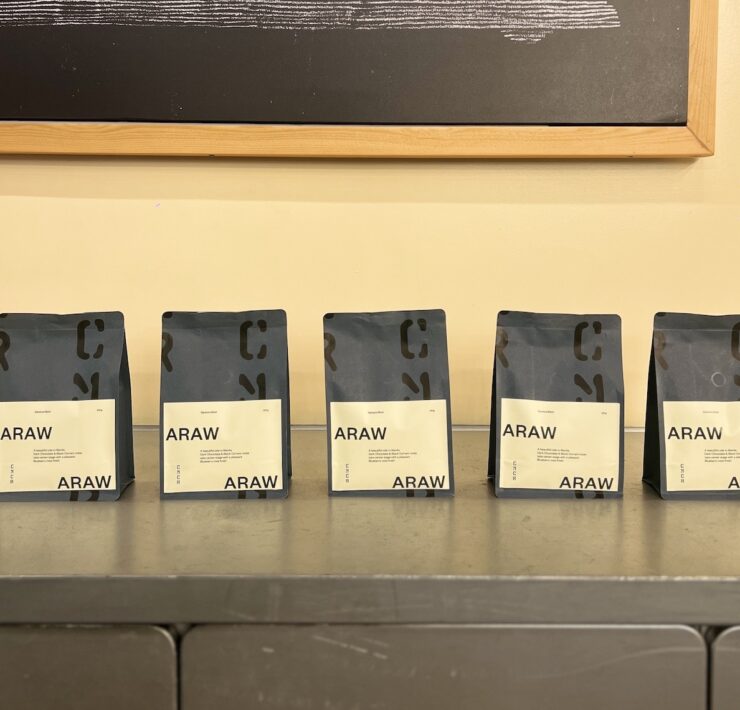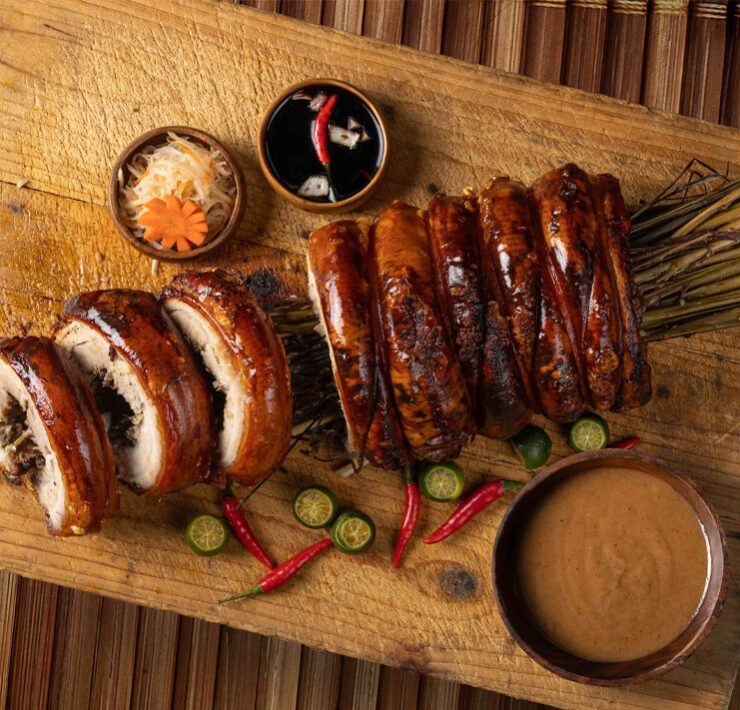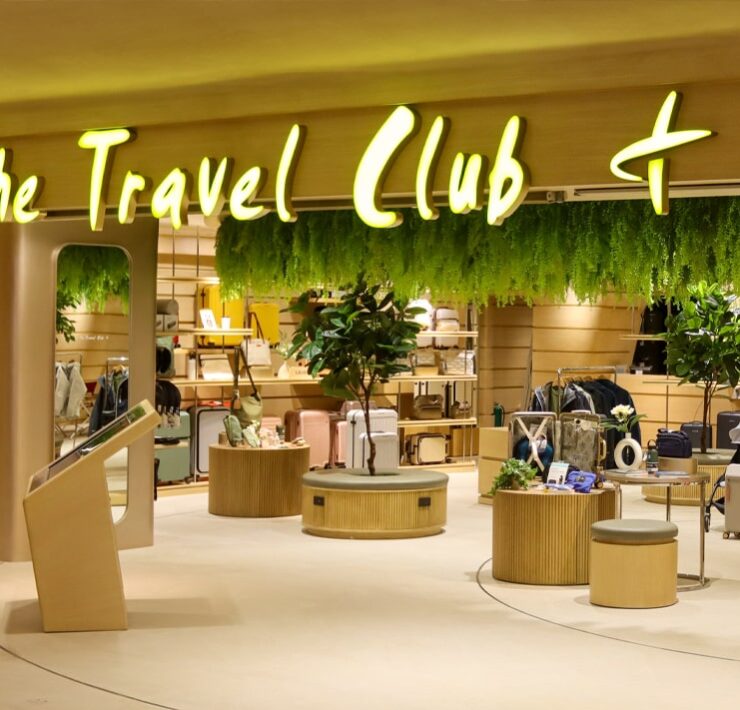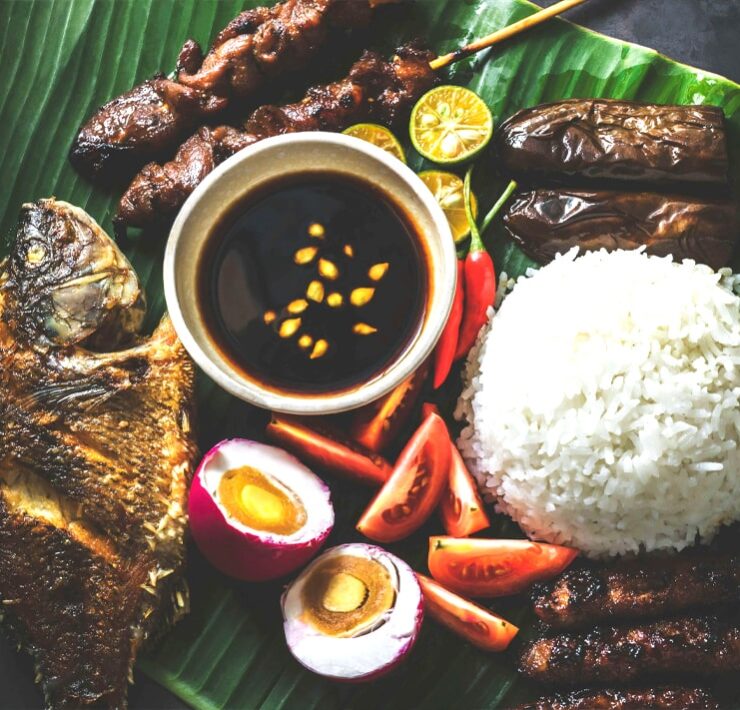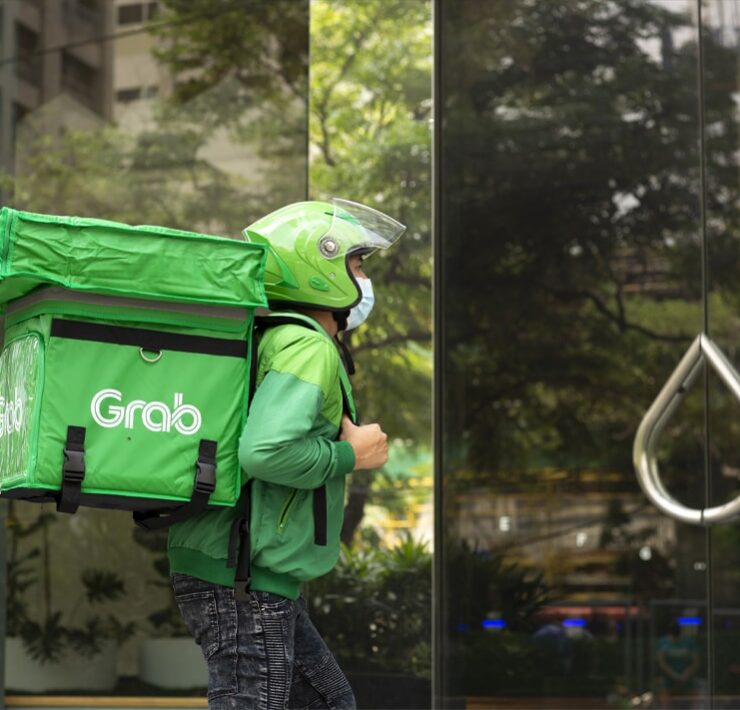Travel diary: My cashless weekend in La Union
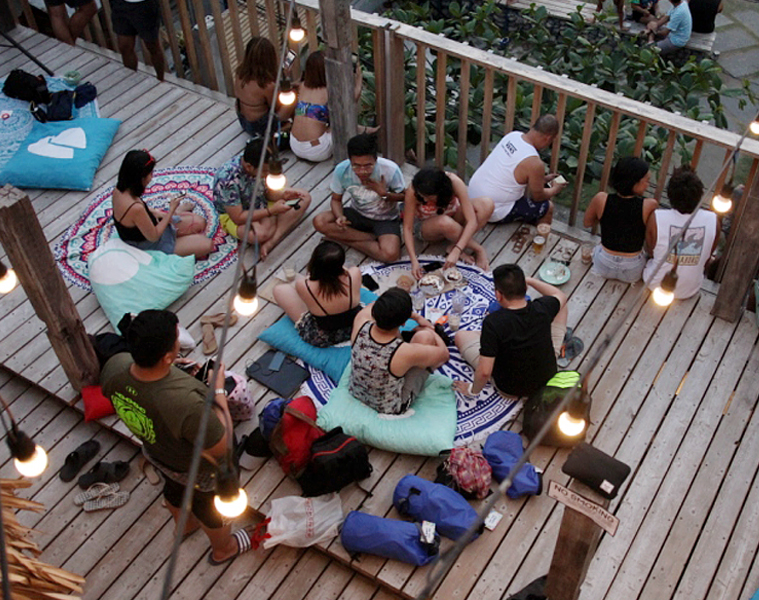
First, a disclaimer: Cashless doesn’t mean “with zero pesos in my wallet and bank account.” As with most things, money was involved, but in a surprisingly convenient way.
After a visit during last year’s peak summer season, I had believed that there’s no longer any deep need for me to revisit the Urbiztondo beach in San Juan, La Union. “I came, I saw, I chilled, I’m good,” I had thought.
Don’t get me wrong: The beach was nice, the vibe was pretty relaxed, and Surf Town has become pretty tourism-savvy that there were plenty of dining places to choose from at any time of the day. Ironically, though, because of how tourist-friendly La Union already was by then, the influx of visitors that my friends and I came with began to feel a little claustrophobic after a couple of days. Too much of a good thing, perhaps? Or maybe just a bigger need to escape Manila, because 99 percent of the people we were bumping into were definitely city folks?
However, a more recent visit—during Holy Week, to be exact—cured me of that “Seen it, done it, over it” malaise, to the point that I’m willing to play the waiting game in booking accommodations at any of Surf Town’s beachfront hostels, a.k.a. blockbuster spots.

Something new every time
There will always be the favorites, like Flotsam and Jetsam, and El Union Coffee, but more and more businesses are flocking to Surf Town to capitalize on the exciting possibilities that the tourist spot still holds. And the growth isn’t allowed to go rampant to the point of chaotic: There seems to be a concerted effort among local enterprises to maintain a particular standard when it comes to design, aesthetic, and ambiance.


The recently opened The Great Northwest (longer name: The Great Northwest Philippines Travel Stop & Viewing Deck), for example, a two-story structure that features an interesting combination of dining and drinking spots, is like an Instagram hotspot, with its viewing deck that looks out over a strip of Urbiztondo beach and with photogenic corners at almost every turn. A couple of its more “unconventional” tenants are Makai Bowls, a transplant from Flotsam and Jetsam, and Tinta 55, a tattoo parlor. It’s located right behind El Union Coffee and was conceptualized and developed by surfers Mia Sebastian, Kiddo Cosio, and Raffy Castillo.
https://www.instagram.com/p/Bgcy-7plER4/?hl=en&taken-by=makaibowls
https://www.instagram.com/p/BgfF6F0FbHw/?hl=en&taken-by=makaibowls
https://www.instagram.com/p/Bg7_qANFwAh/?hl=en&taken-by=55tinta
https://www.instagram.com/p/Bg7jBDjFrE0/?hl=en&taken-by=55tinta

Another more recent addition is the Beach Bum Food Park: Not quite as picturesque and breezy as The Great Northwest, but it hits the spot when the gang is already hungry and yet can’t agree on what and where to eat.
https://www.instagram.com/p/Bg-sE90FIDV/?taken-by=iamaly.b
https://www.instagram.com/p/BgvExi7g4hn/?taken-at=498933597150746
Cashless city
“Think global, act local” seems to be the principle that Surf Town’s business owners took to heart. This was what made the popular tourist destination an easy first choice for digital finance service company PayMaya in its efforts to make more Filipinos switch to a cashless system.
In an interview, Raymund Villanueva, PayMaya’s vice-president and business head for consumer division, says, “Our customers are mostly millennials, and most of the people in our team also belong to the same generation. So when we asked them which places they would like to transform into a cashless city first, La Union was right there along with the usual suspects.” It won over Boracay and Siargao due to its accessibility.
And it’s not just geographical accessibility, as it turned out: PayMaya had introduced its QR or Quick Response system to some of Surf Town’s merchants only last month, and it has since seen an exponential growth in the number of tourism, food and beverage, and other hospitality establishments of varying sizes signing up. “It wasn’t as big of a leap as we thought it would, compared to other places where it took a while for us to convince the merchants of the benefits of going QR,” says Villanueva. “Maybe that’s because San Juan is exposed to business innovations: A lot of businesses are very progressive in terms of design and the experience they provide to customers, so convincing local merchants to accept QR was quite easy.” It also helps that the establishments that sign up for the QR system also get equipped by PayMaya to do Point of Sale or POS transactions, enabling them to accept credit card payments.

Even some surfing instructors have gotten converted. After getting assured that they can access the QR payment made to them via ATM or a padala center, Villanueva says they’ve also embraced the cashless system. “Now, surfers don’t have to receive wet bills,” he adds, half-jokingly.
The ease of the QR payment goes both ways: Customers don’t have to bring a lot of cash with them, as they can pay for products and services through their phone. They can simply scan the QR code at an establishment, type in the amount they will pay, and wait for the text from PayMaya to confirm the payment and state the remaining balance in their account. No receipts necessary, as every transaction is logged into the account.
“Cash is the most expensive thing to handle and also the riskiest,” Villanueva says. “It can get lost or stolen or whatnot. But with QR, both merchants and customers can see that in a cashless system, they can still track everything.”

Second disclaimer: My recent La Union trip was courtesy of PayMaya, who had some folks from the press try out the QR system as the group hung out at Surf Town.
And you know what? The ease of paying was a big reason why I found the getaway fun and something to be repeated again. I say this as someone who distrusts credit cards on a gut level and is skittish around online payments of any kind, but the minutes that the QR system cuts in terms of having to count out bills and waiting for the change to be handed back helped cut down lines and the waiting time.

“Behavior is the hardest to change, because people are used to paying cash,” Villanueva agrees. “But once you try going cashless, it’s not as scary. It’s so convenient that people start asking where else they can do it. It’s only that first transaction that is the most difficult thing to do, because you are getting a totally different view of money.
“The technology is solid, by the way,” he adds. “PayMaya is proudly homegrown, made by Filipinos for the Philippines. We didn’t borrow our technology from somewhere else. We built it here in the country, which makes us unique.”
The only glitch to watch out for? Signal strength. “That has always been an issue,” Villanueva admits. “It works best when a whole location is Wifi-enabled and when the signal strength and the speed of data are high.” But to Smart subscribers, here’s a tip: The PayMaya app can be accessed by you for free, without any data charge. To Globe users, well, there’s a symbiotic relationship between PayMaya and G-Cash too.
Okay, BRB, I’m trying to book my next trip to LU.
Header image courtesy of PayMaya. Other photos by September Grace Mahino.







